Deep in central Sicily, you’ll find Caltagirone, a town whose very name hints at its ceramic heritage.
When I visited, the vibrant colors and intricate patterns covering the streets and buildings immediately caught my attention.
Caltagirone really is the heart of Sicilian ceramics. Pottery-making here stretches back to prehistoric times, but the craft flourished during the Arab era.
As I climbed the Santa Maria del Monte staircase, I couldn’t resist running my fingers over the hand-painted tiles on each of the 142 steps.
This staircase bursts with the bold style that makes Caltagirone ceramics famous across the Mediterranean.
Local artisans explained how they’ve kept their craft alive for centuries, passing techniques from parent to child.
At the MACC (Caltagirone Museum of Contemporary Art), I got a closer look at how tradition adapts and survives.
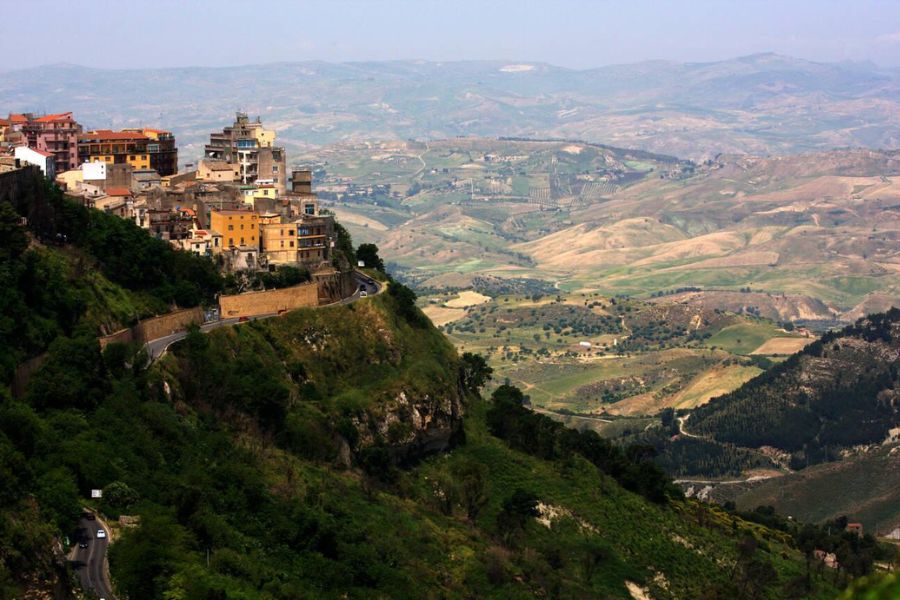
I spent ages watching potters shape clay into art using the same methods their ancestors did. Their hands moved with that kind of practiced confidence you only get after years of work.
These pieces blend Sicily’s wild mix of Greek, Roman, and especially Arab influences into something unmistakably local.
The Origins of Caltagirone’s Ceramics
Caltagirone’s ceramic roots go way back—archaeologists have found pottery here from the Neolithic period.
Over the centuries, cultures layered their own styles and ideas onto this ancient craft.
Arab Influence and Early Pottery
Caltagirone’s true ceramic identity took shape during Arab rule (9th-11th centuries).
Here’s something cool: the town’s name comes from “Qal’at-al-ghiran,” or “Castle of Vases” in Arabic.
The Arabs brought new techniques, especially glazing and those vibrant colors—deep blues, sunny yellows, and lush greens.
They also introduced geometric designs that still pop up everywhere you look in town.
As I wandered the historic center, I could still spot those early influences in today’s ceramics.
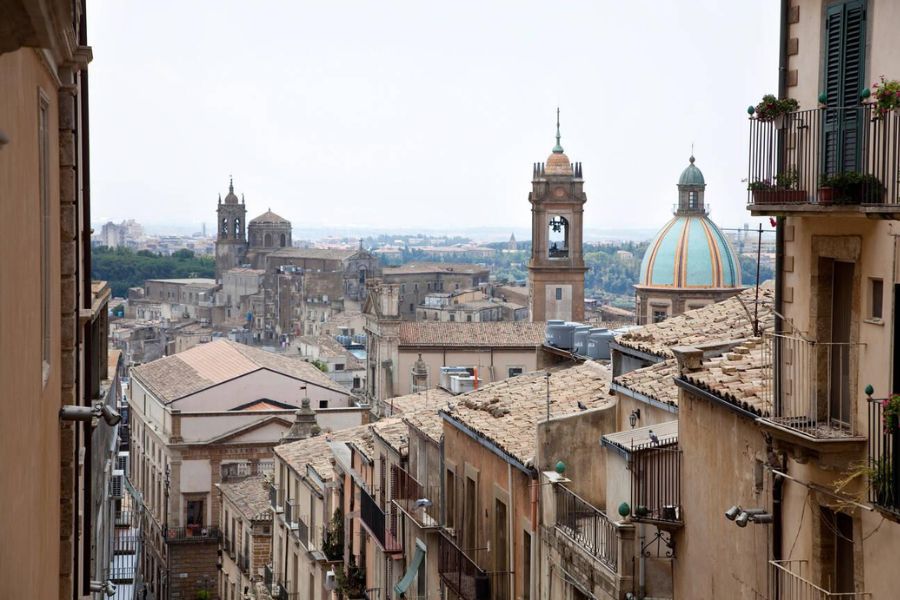
Artisans stick to the same color schemes and patterns that started centuries ago.
Archaeologists have found evidence of pottery here long before the Arabs, but their expertise really pushed the craft to another level.
Evolution Through Norman and Spanish Rule
After the Normans arrived in the 11th century, Caltagirone’s ceramics absorbed European touches but kept their Arab roots.
Designs started to feature Christian motifs and figurative art, blending with the geometric Arab patterns.
This mix created a style you just won’t find anywhere else.
When the Spanish took over (15th-17th centuries), they brought majolica techniques that added new colors and decorative flourishes.
By the Baroque era, Caltagirone had become Sicily’s ceramic capital.
Artisans from here got commissions to decorate churches and palaces all over the island.
Honestly, the Spanish period feels like the golden age of Caltagirone ceramics—technique and creativity both hit their stride.
The Staircase of Santa Maria del Monte: An Iconic Landmark
Nothing says “Caltagirone” like the Santa Maria del Monte staircase.
Its 142 ceramic steps connect the old town to the newer upper district, blending history, art, and architecture in a way that just works.
History and Architecture of the Staircase
The staircase dates to 1606.
It was built to link the ancient lower town with the growing upper district.
At over 130 meters (430 feet) long, it’s both practical and stunning.
Baroque influence shows up in its balanced proportions and dramatic presence.
Each step feels like a page from Caltagirone’s story, rising through the heart of the old town.

What really amazed me was how the staircase fits into the surrounding buildings.
Churches and historic houses line its sides, creating a unified, old-world vibe.
Hand-Painted Ceramic Tiles and Artistic Techniques
In 1954, local artists transformed the staircase by decorating each riser with hand-painted ceramic tiles.
These tiles aren’t just for show—they’re a showcase of Caltagirone’s ceramic skills.
Climbing the steps, I found myself pausing to admire the detail and variety.
Designs reflect centuries of cultural influence—Arab, Norman, Spanish.
The colors—mostly blues, yellows, and greens—jump out, depicting everything from historical scenes to floral and geometric motifs.
Artisans still use traditional methods: hand-molded clay, careful glazing, and old-school firing.
The staircase stands as a living gallery and a testament to Caltagirone’s UNESCO-listed ceramic tradition.
Festivals and Illuminations
I lucked out and caught the “Scala Infiorata” (Flower Staircase) festival in May.
During this event, artists turn the staircase into a giant floral mural using hundreds of potted plants.
It’s striking—especially when you stand back and take in the whole view.
But the real showstopper is the “Illuminata” celebration in late July for San Giacomo, the town’s patron saint.
At night, thousands of tiny oil lamps line the steps.

When the electric lights go out, the staircase glows with flickering flames.
The effect is enchanting, and people from all over Sicily come to see it.
These festivals turn the staircase into more than just architecture—they make it the heartbeat of local tradition.
Living Ceramics: Traditions and Workshops
Ceramics in Caltagirone aren’t just museum pieces.
The art thrives in busy studios where old methods blend with fresh ideas.
Modern Artisans and Family Studios
In the narrow streets, I stumbled upon family-run workshops, some tracing their roots back centuries.
Artisans here take pride in their heritage—many told me their families have shaped clay for over 200 years.
The Branciforti studio stood out with its bold blue and yellow designs, radiating that unmistakable Sicilian brightness.
Giuseppe Caruso, a master craftsman, still uses a traditional kickwheel, while his daughter experiments with more modern patterns.
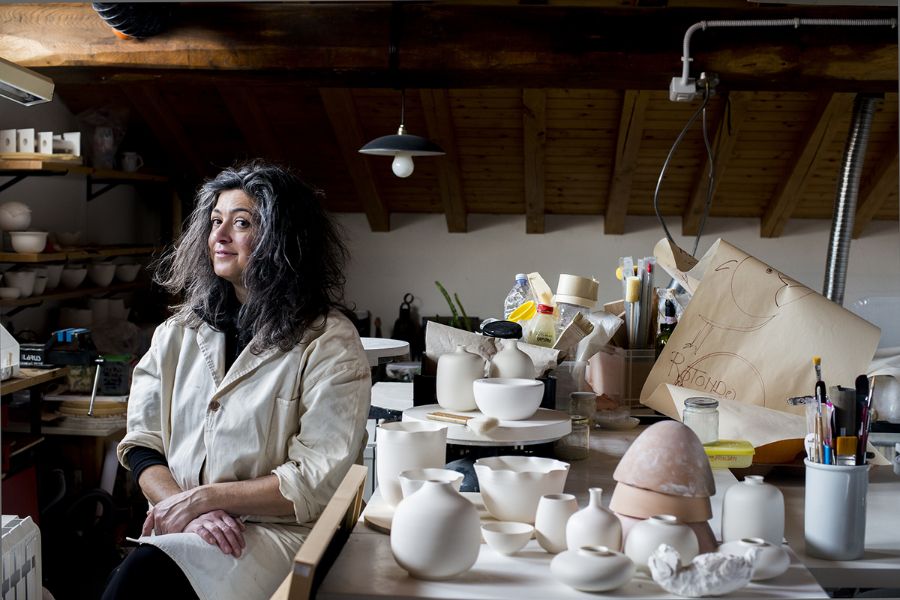
Most studios welcome curious visitors.
I watched, fascinated, as artisans turned plain clay into intricate ceramics, sticking to techniques that haven’t changed much since the Arab era.
Notable Family Studios:
- Ceramiche Artistiche Branciforti (Via Roma 32)
- Caruso Workshop (Via Scala 18)
- La Bottega dei Fiori (Piazza Municipio 4)
Hands-On Workshops and Visitor Experiences
If you want to try making ceramics yourself, several studios offer beginner workshops.
I joined a three-hour session at Ceramiche D’Arte.
Maria Giardina, the potter, patiently walked me through prepping clay, using the wheel, and decorating a simple plate.
Turns out, it’s a lot harder than it looks, but incredibly satisfying.
For those really serious about learning, The Ceramic School of Caltagirone runs week-long courses on traditional majolica.
Short sessions start around €40, while full courses go up to €350.
Studios provide everything you need, and they’ll even ship your finished piece home (for a fee).
Just make sure to book a few days ahead, especially in summer.
Where to Buy Authentic Ceramics in Caltagirone
Shopping for Caltagirone ceramics is a treat—and a bit of a challenge because there are so many gorgeous options.
The best shops cluster along Via Roma and near the Scala di Santa Maria del Monte.
I found genuine pieces at Ceramiche Artistiche Nicoletti—each item comes with a certificate of authenticity.
For something a bit different, La Bottega dell’Artigiano mixes contemporary flair with traditional skills.
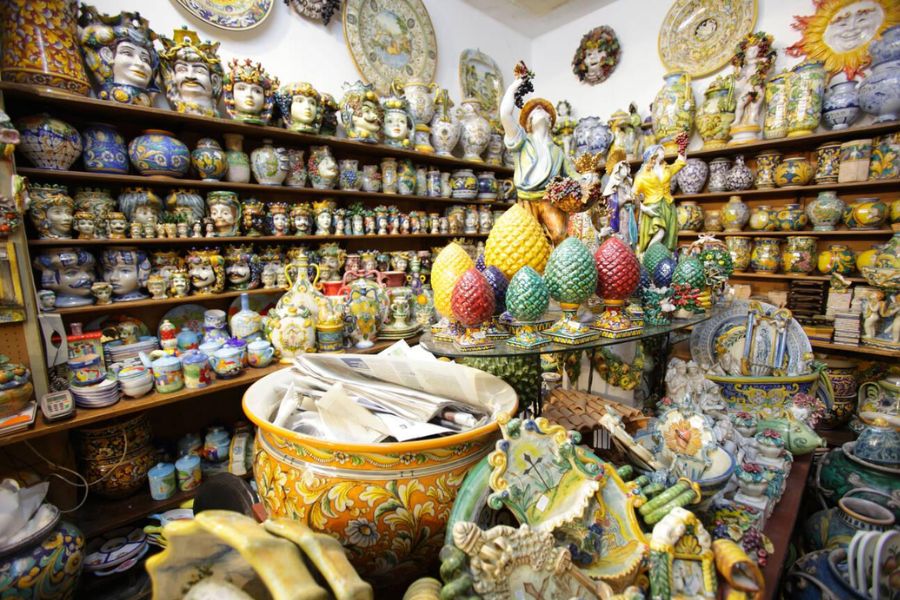
Prices depend on size and complexity.
Small pieces start at about €15; larger, more elaborate works can run into the hundreds.
Shopping Tips:
- Look for the “Ceramica Artistica e Tradizionale di Caltagirone” mark
- Ask about shipping (most shops deliver worldwide)
- Bargaining isn’t really a thing, but you might get a small discount if you buy several items
Caltagirone in the Sicilian Context
Caltagirone isn’t just about ceramics—it’s a cultural hub with striking architecture and a prime spot for exploring eastern Sicily.
It sits at the center of a web of historical and artistic attractions that make this region a must for culture lovers.
UNESCO World Heritage and Baroque Churches
Walking around town, you can’t miss that Caltagirone is part of the UNESCO “Late Baroque Towns of the Val di Noto.”
After the huge earthquake in 1693, the town rebuilt itself in spectacular Baroque style.
The Santa Maria del Monte staircase stands out as the town’s signature landmark.
During the Festa della Scala in July, locals light up the staircase with thousands of oil lamps—a truly unforgettable sight.
The Cathedral of San Giuliano also deserves a look.
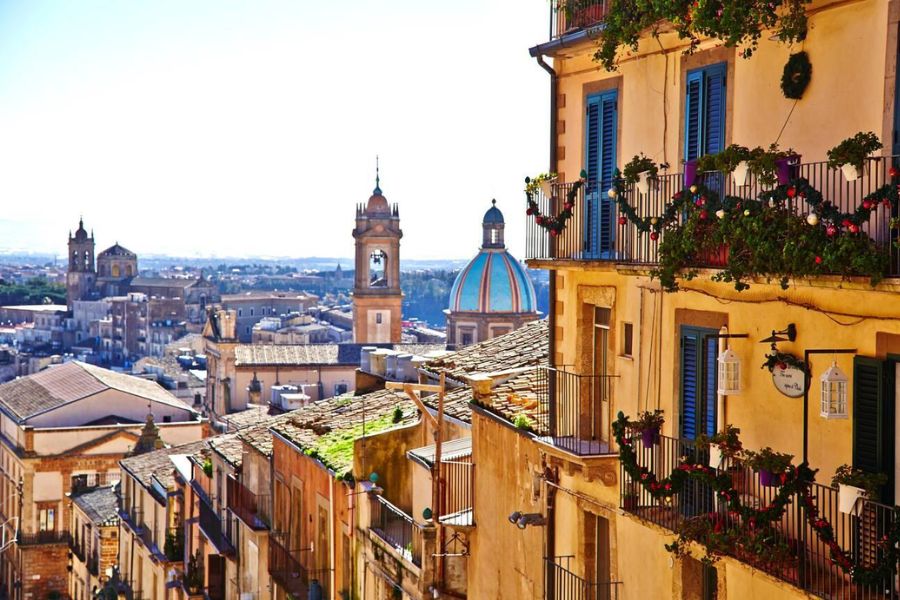
Its Baroque façade and bell tower are impressive, and inside, you’ll find ceramic decorations that blend religious art with local craft.
Nearby Towns and Cultural Attractions
Caltagirone makes a great jumping-off point for eastern Sicily.
An hour north, Catania offers dramatic Baroque buildings, many carved from volcanic stone.
To the south, Noto and Syracuse shine with their own Baroque and ancient Greek influences.
Noto’s limestone glows at sunset, while Syracuse mixes Greek, Roman, and Baroque architecture with beautiful sea views.
Palermo is further away but worth the trip.
The Norman Palace and Palatine Chapel showcase the city’s multicultural past, and the markets buzz with the same energy I felt in Caltagirone’s ceramic shops.
Villa Romana del Casale and Greek Temples
Just a short drive from Caltagirone, the Villa Romana del Casale near Piazza Armerina blew me away.
This Roman villa houses the world’s best-preserved mosaics, from hunting scenes to the famous “bikini girls.”
You get a real sense of Roman luxury here.
I spent hours just taking in the detail—honestly, the mosaics rival Caltagirone’s ceramics for sheer artistry.
Further west, the Valley of the Temples in Agrigento shows off some of the best-preserved Greek temples anywhere.
The Temple of Concordia, in particular, left me speechless.

Taormina’s ancient theater sits high above the sea, with Mount Etna looming in the distance—a reminder of why Sicily has attracted so many cultures over the centuries.
Sicilian Life: Cuisine, Agriculture, and the Mediterranean Spirit
Sicily’s richness isn’t just in its art.
Daily life here—especially food and farming—reflects a wild mix of influences that have shaped the island for centuries.
Sicilian Cuisine and Pottery Traditions
Food and ceramics go hand in hand in Sicily.
I noticed that many local dishes come served in colorful Caltagirone pottery, making every meal a little celebration.
Traditional cuisine highlights fresh, seasonal ingredients.
Favorites like arancini (those irresistible fried rice balls) and pasta alla Norma bring together local produce and deep-rooted culinary traditions.
Restaurants often serve caponata (sweet and sour eggplant) in painted bowls that tell their own story.
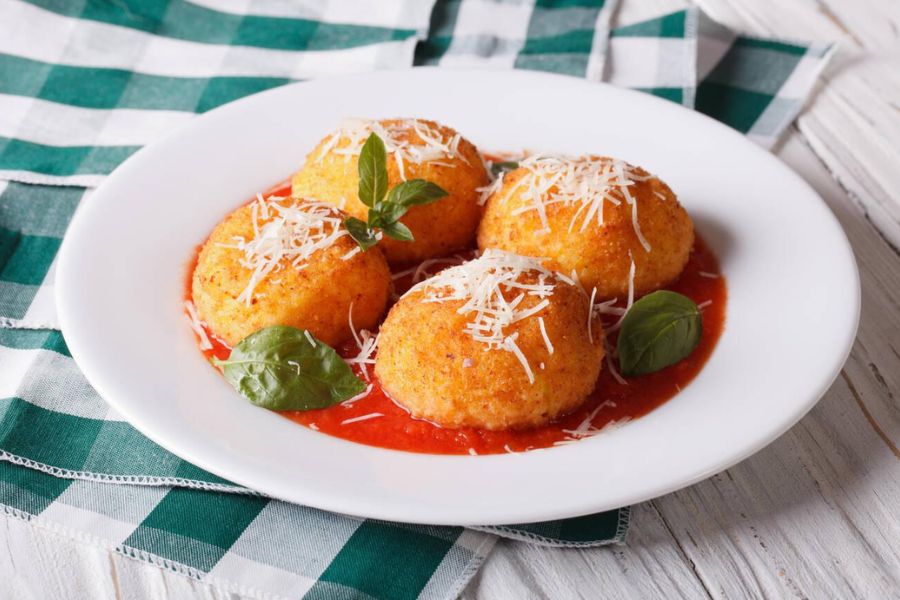
Ceramic platters and bowls don’t just look good—they tie food to the island’s history.
They even use special ceramics for things like storing olive oil, which feels like a small but meaningful tradition.
Agriculture and Mediterranean Landscapes
If you wander through the countryside around Caltagirone, you’ll see just how much Sicily owes to its farmland. Golden wheat fields stretch out next to silver-green olive groves, and citrus orchards pop up everywhere, making a patchwork that’s fed locals for ages.
I’ve strolled through vineyards, watching grapes soak up the Mediterranean sun. Those grapes end up in local wines, which honestly taste even better next to the region’s food.
Generations of farmers have stuck with their traditions, even as everything else seems to change. They mix old-school methods with new tools, never really letting go of that deep connection to the land.
Mount Etna’s volcanic soil gives Sicilian crops a real boost. It’s kind of amazing how much the earth here gives back.
Caltagirone’s famous ceramics? The clay comes from this very ground. It’s like the land keeps giving—feeding people and inspiring art.
The Mediterranean climate decides what grows and, honestly, how life unfolds. Outdoor markets, seaside meals, and days that follow the seasons instead of the clock—that’s just how things go here.

